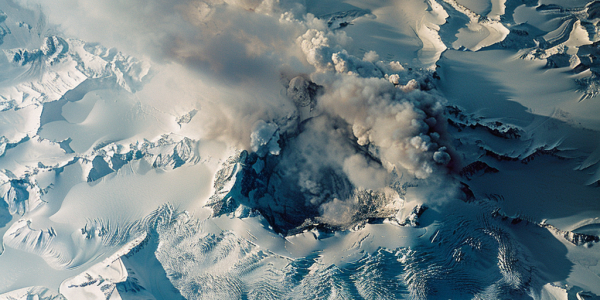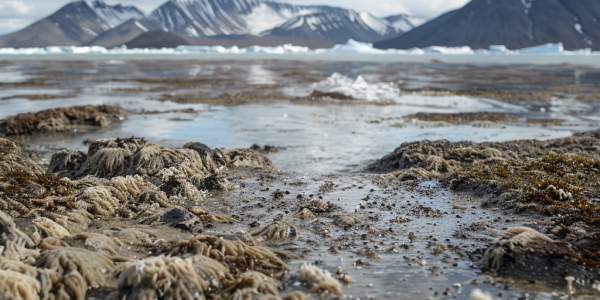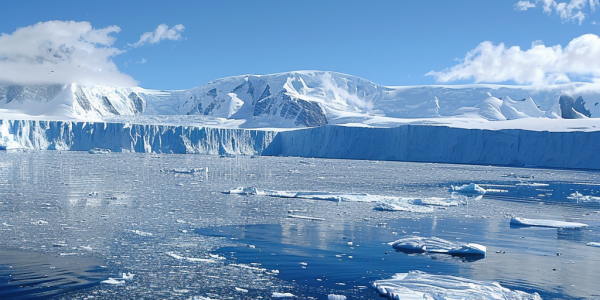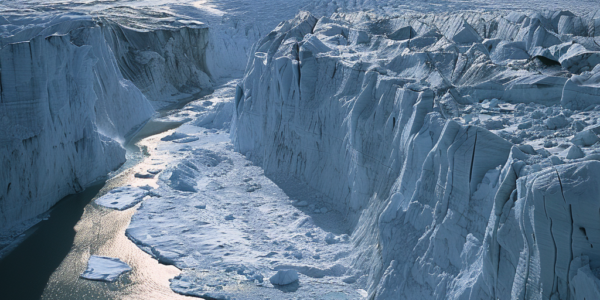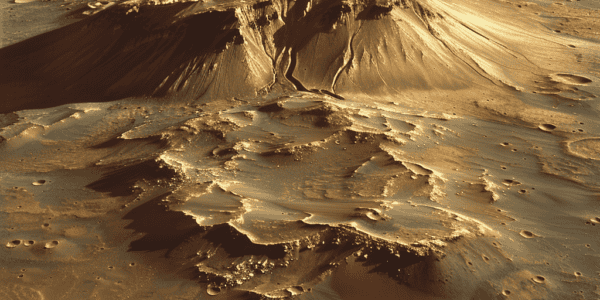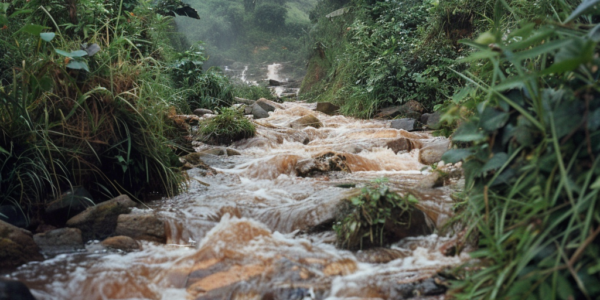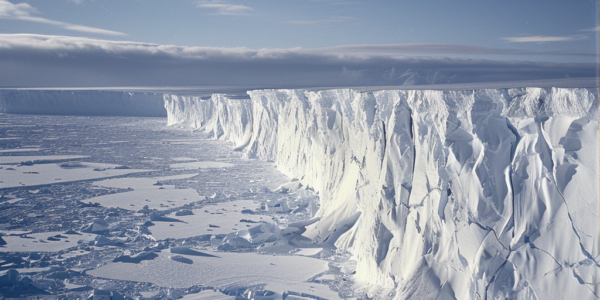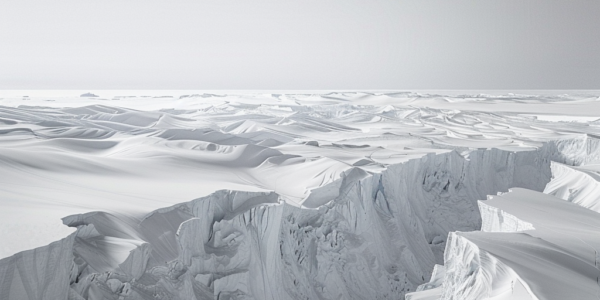Glaciers as Indicators: New Research Links Glacier Behavior to Volcanic Eruptions
Recent research reveals a significant link between glaciers and volcanic activity, indicating that faster glacier flow rates near active volcanoes, like Mount Veniaminof in Alaska, could serve as indicators for predicting eruptions. This study emphasizes the importance of monitoring glaciers to provide early warnings for local authorities, potentially enhancing evacuation plans and safety measures. Published in Communications Earth & Environment, the findings highlight the interconnectedness of climate change, glacial dynamics, and volcanic behavior, underscoring the need for advanced monitoring strategies.
Expedition to Thwaites Glacier Highlights Climate Change Urgency
Scientists and writers embark on a groundbreaking expedition to Thwaites Glacier, known as the ‘Doomsday Glacier,’ to study its potential impact on global sea level rise. Elizabeth Rush documents this journey in her book, highlighting the intersection of climate change, personal narratives, and the urgent need for action. Discover how this critical research is shaping our understanding of environmental challenges and the future of our planet.
Microscopic Fungi Enhance Soil Carbon Storage in Newly Formed Arctic Landscapes, Study Finds
Recent study by researchers at Queen Mary University of London reveals how microscopic fungi enhance soil carbon storage in newly formed landscapes resulting from the shrinking of Arctic glaciers. The colonization of microorganisms in exposed areas plays a crucial role in soil formation, offering significant carbon stores under specific conditions. Dr. James Bradley’s team’s findings, published in Proceedings of the National Academy of Sciences, shed light on the complex processes involved in post-glacial soil formation in Arctic regions.
Study Reveals Ocean Water Flowing Miles Underneath Antarctica’s ‘Doomsday Glacier’
A new study reveals that ocean water is rushing miles underneath Antarctica’s ‘Doomsday Glacier,’ potentially impacting sea level rise. The Thwaites Glacier in West Antarctica, known for its catastrophic effects on sea levels, is facing increased risks of melting. The study highlights the concerning dynamics at play and the urgent need for continued monitoring and research.
Alarming Ice Loss in Northeast Greenland Glacier Revealed by Research
Recent research by the Alfred Wegener Institute reveals significant ice loss of over 160 meters in thickness at the 79° N-Glacier in northeast Greenland since 1998, attributed to warm ocean water melting the glacier from below. The study highlights the impact of global warming on the stability of the floating ice tongue and emphasizes the urgent need to address the effects of climate change on polar ice masses.
Giant Volcano and Possible Glacier Ice Discovered on Mars
A giant volcano and possible buried glacier ice have been discovered in the eastern part of Mars’ Tharsis volcanic province, near the planet’s equator. This groundbreaking announcement was made at the 55th Lunar and Planetary Science Conference in Texas, revealing that the giant volcano, provisionally designated “Noctis volcano,” had been hiding in plain sight for decades. The discovery of this giant volcano and potential glacier ice points to an exciting new location to study Mars’ geologic evolution through time and search for signs of life. The structure’s gigantic size and complex modification history indicate that it has been active for a very long time, from ancient through recent times. This finding opens up new possibilities for future exploration and research on Mars.
Glacier-Fed Streams Undergoing Profound Change, Scientists Say
Glacier-fed streams are changing due to ongoing glacier shrinkage, leading to a flourishing of microbial life. EPFL and Charles University scientists report that as glaciers shrink, the streams become warmer, clearer, and calmer, allowing microorganisms to contribute more to local carbon and nutrient cycles.
Research Reveals Record-breaking Speed of Glacier Fracture in Antarctica
Recent research from the University of Washington reveals an 80-mph speed record for glacier fracture in Antarctica. The study underscores the critical need to understand the behavior of ice shelves in the face of warmer oceans and the potential implications for rising sea levels. The research has significant implications for understanding the potential impact of glacier fracture on rising sea levels and calls for further investigation into the behavior of ice shelves in large-scale ice sheet models.
Alarming Discovery About ‘Doomsday Glacier’ in Antarctica
Scientists have made a startling discovery about the Thwaites Glacier in West Antarctica, often referred to as the ‘Doomsday Glacier.’ A new study reveals evidence that the glacier began rapidly retreating in the 1940s, raising concerns about the alarming rate of future melting. The implications of the Thwaites Glacier’s fate are substantial, with potential sea level rise and catastrophic global flooding. This research emphasizes the urgent need for global efforts to address climate change and its impacts.
Study Reveals East Antarctic Ice Sheet May Be on Verge of Rapid Melting
A recent study has revealed that the Wilkes Subglacial Basin in East Antarctica may be on the verge of rapid melting, potentially leading to a significant rise in global sea levels. Researchers found that small temperature increases beneath the sheet could trigger a collapse, causing substantial ice melt. The findings underscore the urgent need for further research and monitoring of East Antarctica’s ice sheets to better understand the potential impacts of climate change on global sea levels.

